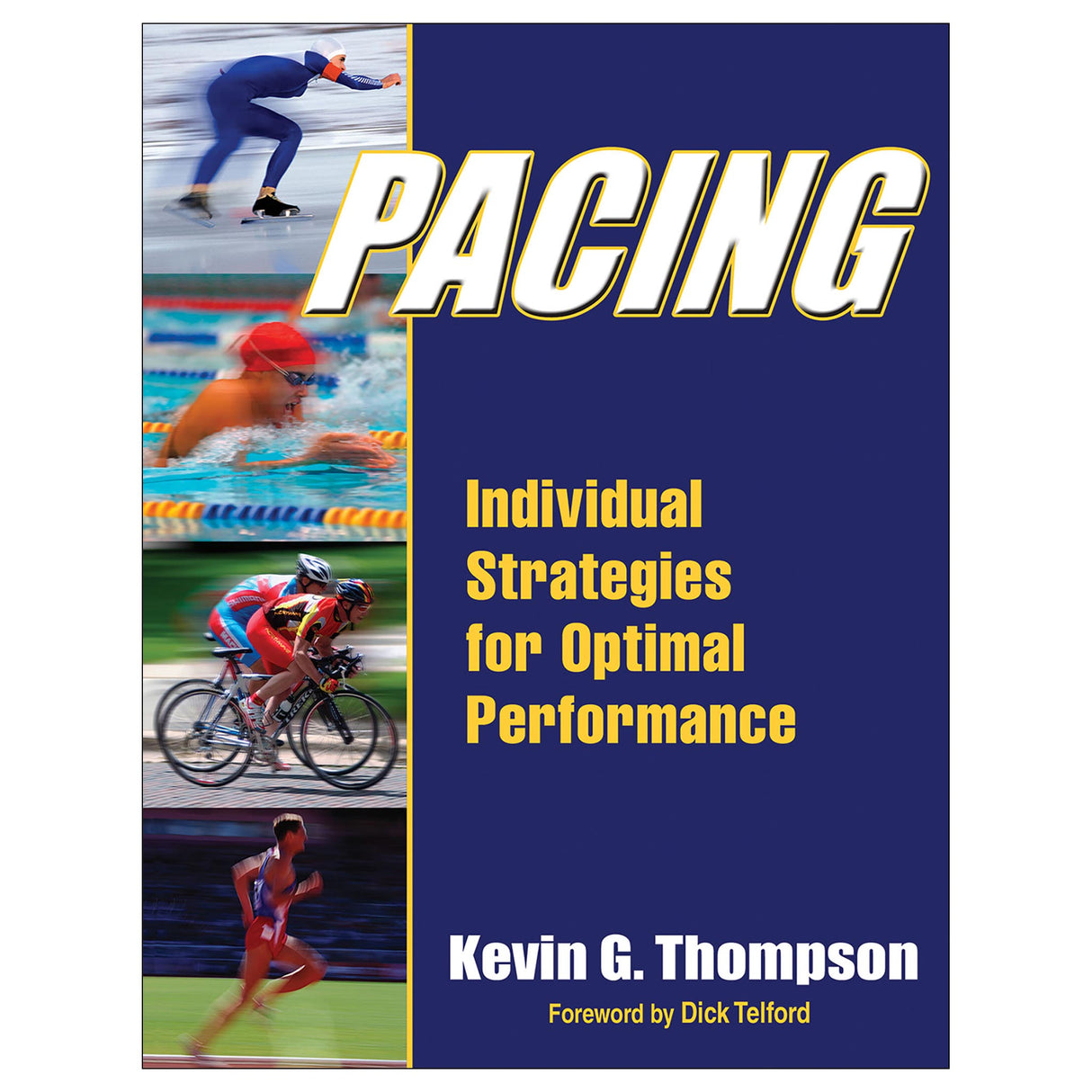Pacing PDF
Individual Strategies for Optimal Performance
Author: Kevin Thompson
$18.95 USD
Access Duration: 10 Years
We’ve all heard the advice “Pace yourself. Save energy and finish strong.” It sounds simple enough, so why is it so hard? Why do even supremely conditioned elite athletes mismanage their energy supplies and fail to finish strong? Pacing: Individual Strategies for Optimal Performance examines the latest science, research, and application in search of answers.
This guide explores the role of pacing in sports, the most common strategies used, the factors that influence effectiveness, and key considerations for today’s athletes and coaches. You’ll also discover these aspects:
• How environmental variables, such as temperature and terrain, can affect performance
• How to choose the best pacing strategy for any event
• How to use pacing to defeat an opponent
• The role the brain plays in pacing strategies
Part I explains the biological and psychological underpinnings of pacing science, including the six commonly used pacing strategies that are discussed in detail throughout the book: all-out, positive, even, negative, parabolic, and variable. Part II shows how to apply the science, offering pacing recommendations and considerations for time-dependent sports such as running, triathlon, and swimming and exploring the role of pacing in racket sports and several team sports. Combining scientific research and real-world profiles of elite athletes and coaches, Pacing: Individual Strategies for Optimal Performance shows coaches and athletes how to develop the ideal pacing plan for every competition.
Part I: Science and Philosophy of Pacing
Chapter 1 What Is Pacing?
Chapter 2 Understanding Pacing Strategies
Chapter 3 Physiology of Pacing
Chapter 4 Psychology of Pacing
Chapter 5 Adapting Pacing Strategies
Part II: Applications for Sport
Chapter 6 Swimming
Chapter 7 Cycling
Chapter 8 Speed Skating
Chapter 9 Running
Chapter 10 Olympic and Ironman Triathlon
Chapter 11 Rowing
Chapter 12 Football
Chapter 13 Tennis and Squash
Chapter 14 Basketball
"Pacing is of great theoretical and practical relevance to both sport scientists and coaches. From a theoretical perspective its study helps expand our understanding of the mechanisms through which human performance is regulated, and the processes which lead to the development of fatigue. From a practical perspective, it allows coaches and athletes to fully realise the performance potential that has been developed through long periods of physical, mental, and technical training.
Kevin Thompson’s book does an outstanding job of bridging the gap between theory and practice. It refers to cutting edge research in order to explain underpinning mechanisms, but also features a series of inputs from world class athletes and coaches explaining how they have utilised these principles in their own careers. This combination will allow students and researchers to identify the practical challenges faced by high level athletes, and will also allow practitioners to recommend evidence based strategies. With chapters based specifically around a number of different team and individual sports, this book will be of value to anybody with an interest in optimizing sports performance."
Dr. Andrew Renfree-- Institute of Sport and Exercise Science, University of Worcester





